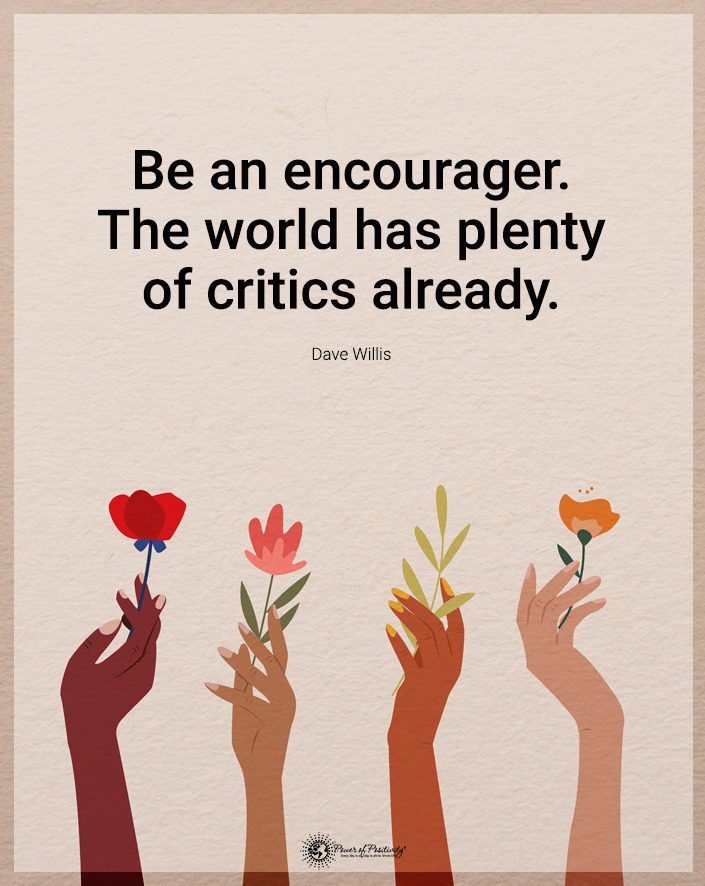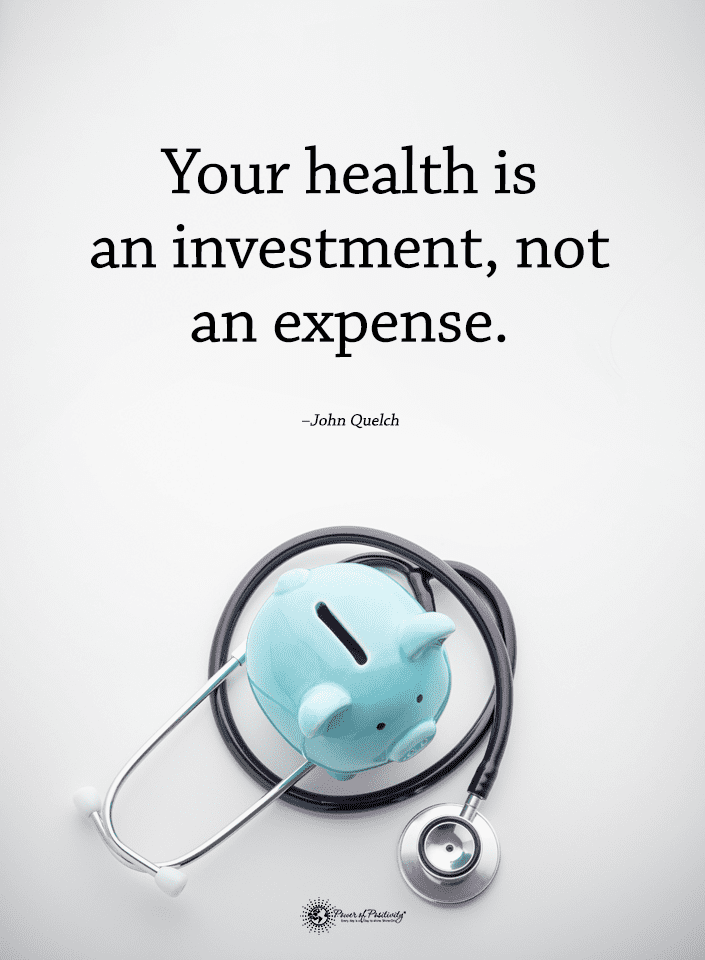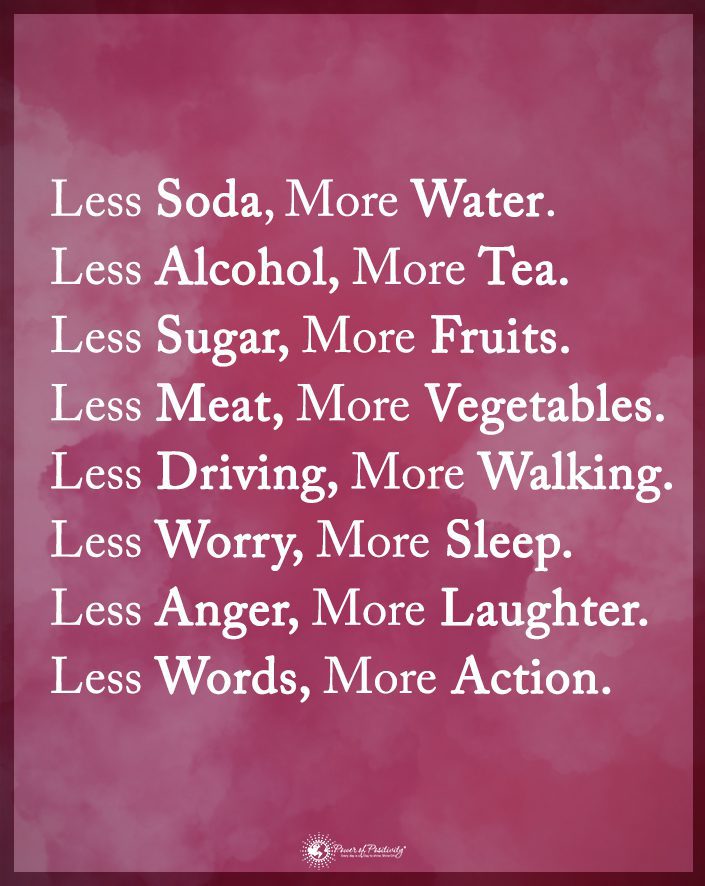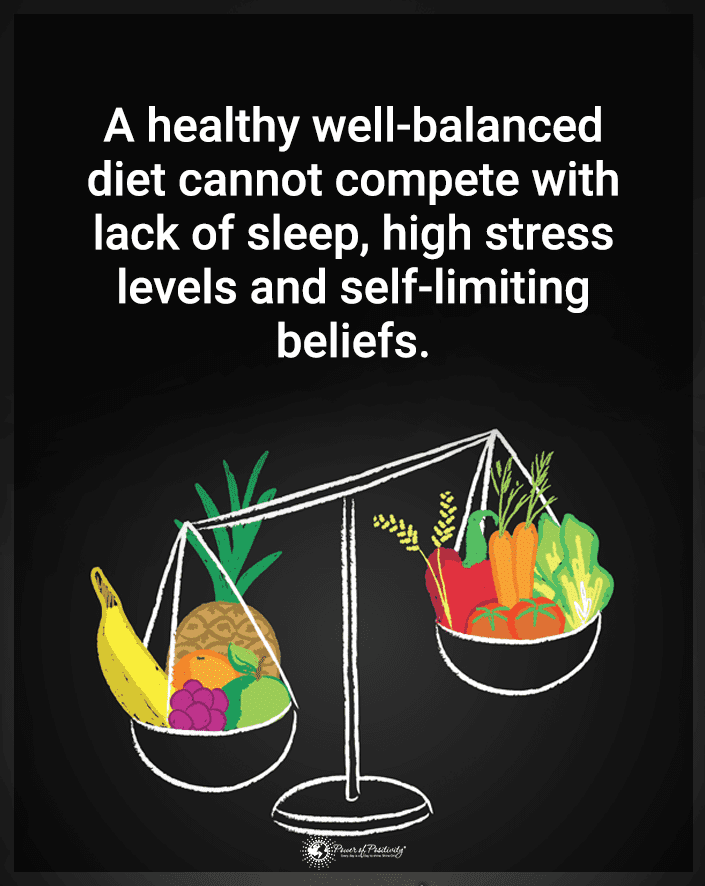Click here to take the quiz
Embarking on the journey of self-awareness and growth means understanding the different zones of life we might find ourselves in–and we have a fun quiz to help you determine just that! Each of us exists within one of the Three Zones of Living. These are the complacent, survival, or comfort zone.
These are not linear, as most people occasionally float in and out of each, riding along with the ebbs and flows of life. Why? Because life is not static.
You might be in the Complacent Zone, stuck and unable to change due to hopelessness, fear, or both. You might yearn for more but are unable to shake off the inaction. Suddenly, life throws a curve ball your way, forcing you to act with a newfound courage you never knew existed. Thus, you shift from the complacent to another realm.
Together, let’s explore the three distinct zones of living and help you identify which one you currently reside in. Knowing your zone will empower you to make intentional changes and craft a more fulfilling, happier life.
This Fun Quiz Provides Crucial Insight Into the Three Zones of Living
Click here to take the quiz
Read a little bit about each zone. Please note what it looks like to the casual observer and how that outer appearance may conflict with inner feelings. With each of the three zones of living, we will also provide an example of a famous artist who exemplified each to provide a more concrete point of reference.
1 – The Complacent Zone
The Complacent Zone is the most familiar and secure realm for many individuals. It’s a space where you appear at east, at least to onlookers. But inside, you might feel anxious, fearful, or doubtful of your ability to change.
It’s not your fault! For decades, family members, friends, and co-workers told you to smile and be grateful that you’re not worse off. Perhaps it began when well-meaning parents chastised you to hold back your emotions in public–the old “stiff upper lip” trope might come to mind. So you did as you were told, put a smile back on your face, and carried on as though nothing was amiss. All the while, your emotions roiled inside, becoming venom to your spirit. Still, you carried that erroneous belief into adulthood.
That emotional suppression means you avoid challenging situations or opportunities for growth. While the Complacent Zone might feel safe, it secretly robs you of the chance to build an even greater life. Staying within this zone often leads to stagnation and–as the name suggests–complacency.
An example of the complacent zone, Thomas Gainsborough
An example of a historical artist who operated in the Complacent Zone is Thomas Gainsborough, a renowned 18th-century English portrait and landscape painter. While Gainsborough was an immensely talented artist, he focused on catering to the tastes and preferences of his patrons. He rarely, if ever, explored more innovative and experimental artistic styles.
Gainsborough achieved great success and popularity during his lifetime, with his portraits and landscapes in high demand among the British aristocracy. His style, characterized by elegance and refinement, was well-suited to the tastes of his patrons. However, this focus on meeting his clients’ expectations may have limited his willingness to push artistic boundaries.
By primarily producing works that were in line with his time’s prevailing tastes and preferences, Gainsborough probably operated within his Complacent Zone. This approach brought him significant financial success and recognition. But he constrained his artistic growth and exploration, leaving many art historians asking if he could have become one of the greatest painters ever.
It is important to note that operating in the Complacen Zone does not negate the achievements or talents of Gainsborough. And we can only speculate about how he felt about his lack of growth. Instead, this example serves as a reminder of the potential for more significant growth and development when individuals are willing to push their boundaries and embrace new challenges.
2 – The Survival Zone
The Survival Zone is a realm of existence marked by extreme anxiety, stress, and overwhelm. It’s a chaotic space where you may feel paralyzed or unable to cope with the challenges and demands life throws at you.
In this zone, you strive for more. But your frantic efforts may not reap the payoff you long for. Many people admire those in the Survival Zone as hard workers, overachievers, and go-getters.
So while the outer appearance is one of success, this zone feels like burnout, failure, or helplessness on the inside.
If you live in this space, you may take on too much or face situations beyond your current abilities, leading to burnout, failure, or helplessness. Recognizing when you’re in the Survival Zone and learning to step back into the Comfort Zone for sustainable growth and well-being is essential.
An example of the survival zone, Vincent Van Gogh
An example of a historical figure who may have experienced moments in the Survival Zone is Vincent van Gogh, the renowned post-Impressionist painter. Van Gogh struggled with extreme emotional turmoil, mental illness, and personal struggles. These could have contributed to moments of feeling overwhelmed and unable to grapple with the challenges he faced.
Van Gogh’s artistic career, which lasted only a decade, was characterized by intense productivity and the creation of numerous masterpieces, such as Starry Night and Sunflowers.
However, his mental health struggles, including bouts of depression and anxiety, made it difficult to find stability and success during his lifetime. His mental state may have pushed him into the survival zone. He grappled with overwhelming emotions, isolation, and self-doubt on various occasions.
Vincent van Gogh’s tragic story serves as a reminder of the importance of diagnosing and addressing mental health issues and the need for support and understanding for those who may find themselves in the Survival Zone. Despite his struggles, Van Gogh’s extraordinary artistic legacy left a permanent mark on the art world, inspiring generations of artists and enthusiasts.
3 – The Comfort Zone
The Comfort Zone is the growth zone where real progress begins. This realm is characterized by embracing challenges, taking risks, and pushing your limits.
Stepping out of either the complacent or survival mode and into the Comfort Zone takes courage. Some refer to this as “finding their flow.” It is where you can overcome obstacles and learn from mistakes. Because you have a high degree of self-awareness within this zone, you can make wise decisions. You’ll also find improved emotional balance and social intelligence, thus improving your relationships.
Someone in the comfort zone appears poised, calm, and confident–but not arrogant. Think of someone you know who is unruffled and seems to meet challenges head-on and without fear. They have found their flow and now exist in their comfort zone.
While taking the first leap of faith can be scary, you’ll find increased confidence, improved skills, and a heightened sense of purpose in this zone. Venturing into the Comfort Zone is essential for personal and professional development, as it helps you build resilience and adaptability during times of change.
An example of the comfort zone, Leonardo Da Vinci
A prominent historical figure who operated in the Comfort Zone is Leonardo da Vinci, a true Renaissance polymath known for his incredible contributions to art, science, engineering, and various other fields. Da Vinci’s insatiable curiosity, desire for knowledge, and willingness to explore new concepts and ideas are hallmarks of someone who thrives in the Comfort Zone.
Throughout his life, Leonardo da Vinci sought to push boundaries and expand his understanding of the world around him. He constantly challenged himself to learn and develop skills in multiple disciplines, evident in his extensive notebooks filled with sketches, scientific observations, and innovative inventions.
Some of his most incredible works, including The Last Supper and Mona Lisa, demonstrate his artistic mastery. At the same time, his research in anatomy, botany, and engineering highlights his broader intellectual pursuits. Da Vinci’s achievements in these diverse areas confirm his growth-oriented mindset and commitment to lifelong learning.
Leonardo da Vinci’s relentless pursuit of knowledge and desire to explore new ideas and concepts make him an exemplary figure who operated in the Comfort Zone. His legacy inspires individuals across various disciplines to push their limits, embrace challenges, and strive for continuous growth and improvement.
Knowing Where you Are Right Now Can Spur Personal Growth
It’s crucial to know which of the three zones of living you reside in right now if you hope to lead a more fulfilling and balanced life.
But how do you learn this?
Reflect on your daily habits, mindset, and behavior to determine where you stand. If you find yourself in the Complacent Zone, consider setting new goals, seeking challenges, and stepping into the Comfort Zone. If you’re in the Survival Zone, learn to recognize your limits and practice self-care, gradually returning to the Comfort Zone for sustainable development.
Final Thoughts on Knowing Where You Fit in the Three Zones of Living
Personal growth is continuous, and moving between the three zones of living is natural. Recognizing your current realm and taking intentional growth steps can create a more fulfilling, resilient, and purpose-driven life.
Are you curious to discover which three zones of living defines your place in life at this moment? Embark on self-discovery and growth by taking our free, fun, and insightful online quiz. This assessment will help you identify your current realm of existence and provide valuable insights to guide you toward a more productive and purposeful life.
Don’t miss this opportunity to unlock your potential and start living your desired life. Click here to take the quiz and reveal which zone you’re in right now!




















